India`s financial inclusion schemes connecting millions to the mainstream

The government’s financial inclusion schemes -- from Pradhan Mantri Jan Dhan Yojana (PMJDY) to MUDRA and the quintessential UPI-based digital payments -- are shifting India’s growth story from being metro-centric to truly national, according to a report on Monday.
According to Prime Minister Narendra Modi, “Economic growth cannot only be restricted to a few cities and a few citizens. Development has to be all-round and all-inclusive.”
“In practice, that inclusivity has been driven not just by rhetoric, but by the deliberate weaving of policy, technology, and community outreach into an unprecedented net of access," according to the report in India Narrative.
Launched in 2021, the Financial Inclusion Index is built on 97 indicators spanning banking, insurance, pensions, investments, and postal services.
Its three sub-indices -- Access, Usage, and Quality -- measure not just the spread of infrastructure, but whether people actually use financial products, and whether they understand them.
“The implementation has been startling in its scale. The Pradhan Mantri Jan Dhan Yojana (PMJDY) alone has brought 55.98 crore (560 million) people into the formal banking system, over half of them women. A network of 13.55 lakh (1.35 million) ‘Bank Mitras' -- local banking correspondents -- now brings services to remote hamlets,” according to the report.
Women hold the majority of Jan Dhan accounts. The Atal Pension Yojana now counts 48 per cent of its subscribers as women.
Moreover, UPI is now behind 85 per cent of all digital transactions in the country, and nearly half of global real-time digital payments.
The daily UPI-based transactions have crossed 700 million for the first time, touching 707 million, according to the latest National Payments Corporation of India (NPCI) data. The feat was achieved on August 2. Over the past two years, the number of daily transactions has doubled, even though growth has slowed down in comparison to previous years.
However, rural households now embracing mobile banking are also more vulnerable to digital fraud. Keeping this in mind, the financial literacy push increasingly focuses on fraud prevention and grievance redressal.
Credit schemes like MUDRA and Stand Up India explicitly aim at SC, ST, and women entrepreneurs.
“The Mahila Sammriddhi Yojana trains women in craft skills and organises them into self-help groups with access to credit. The Kisan Credit Card, now serving over 7.7 crore farmers, reduces dependence on informal moneylenders and strengthens agricultural productivity,” according to the report.
The World Bank’s Global Findex 2025 now places account ownership in India at 89 per cent -- up from just 35 per cent in 2011.
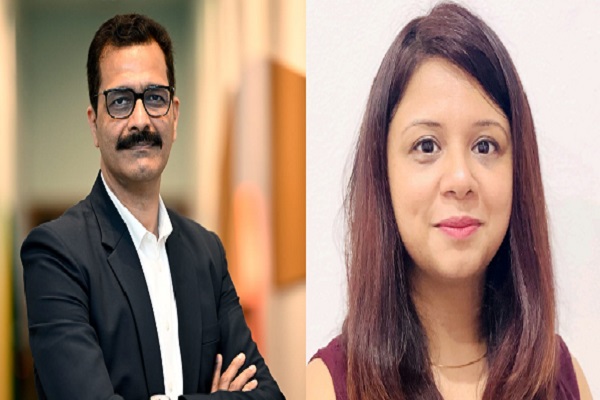

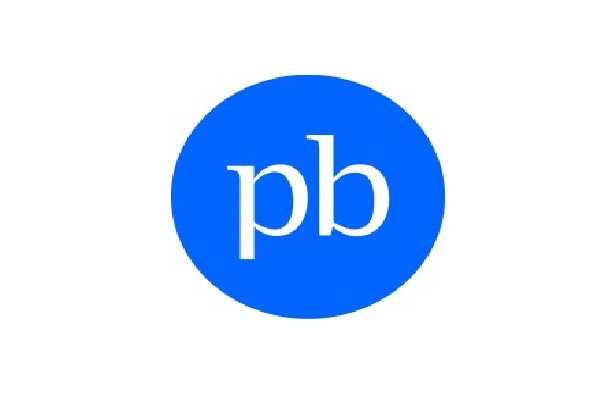
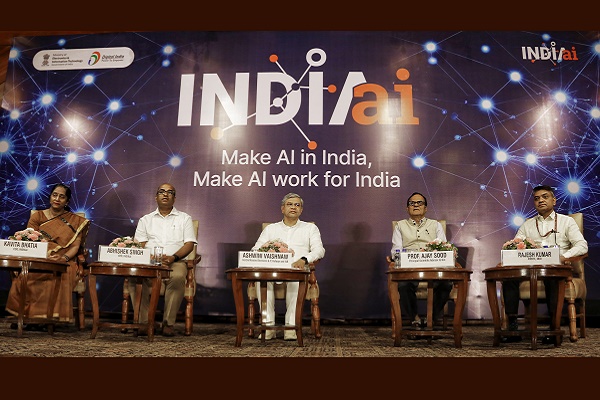
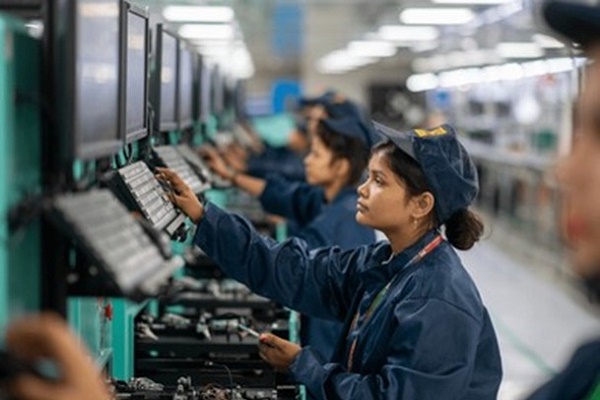
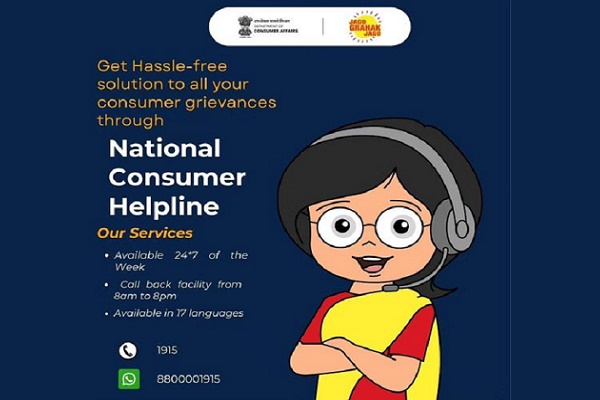
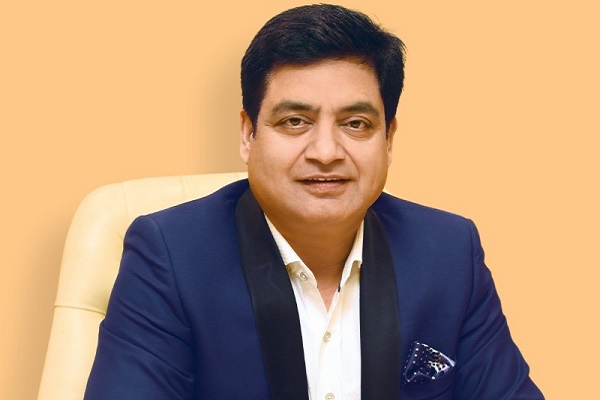
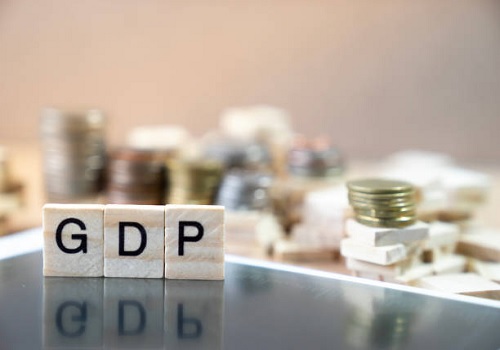
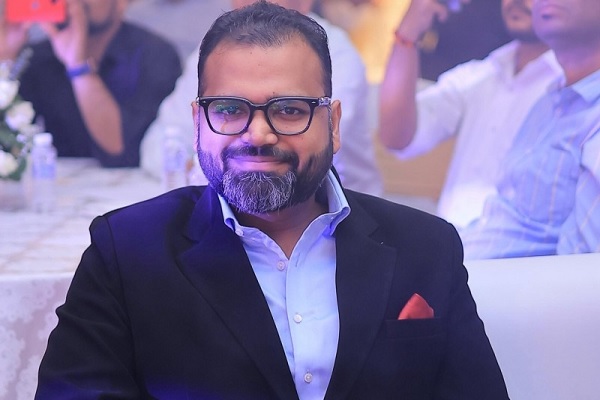
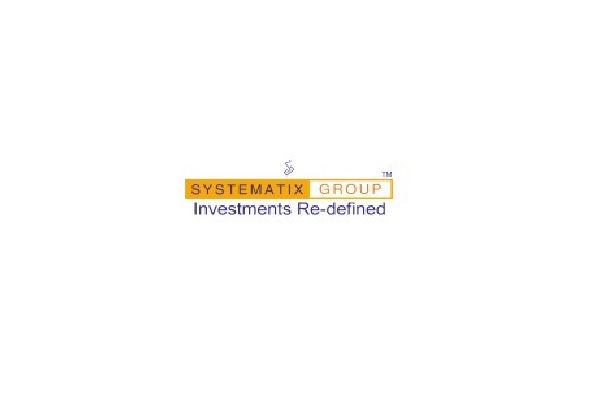





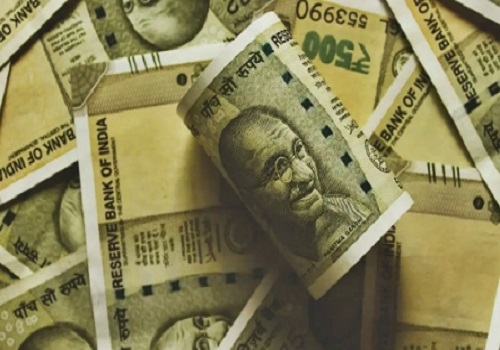

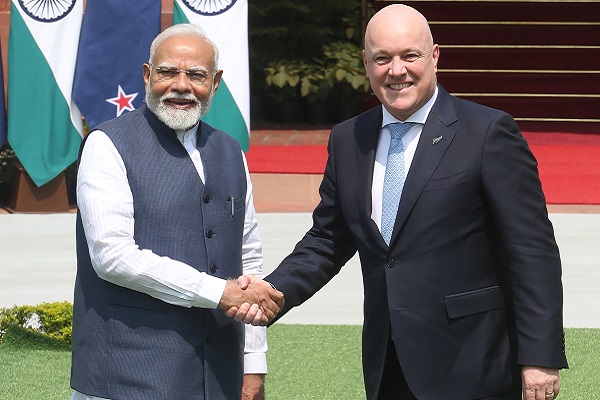
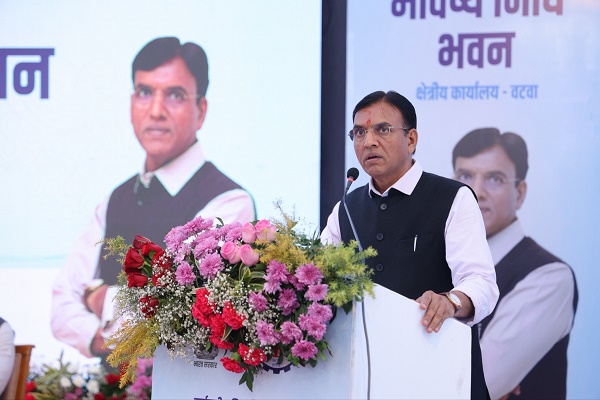


-98.jpg)
